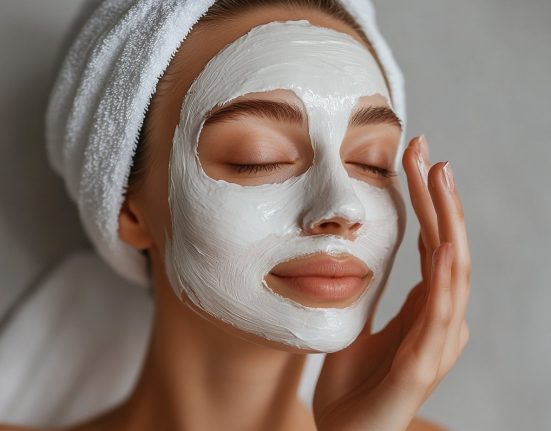Whether they’re from stress or a sleepless night, dealing with dark under-eye circles can be a difficult task. Here’s how to cover them up best
How often have you googled, “how to cover dark circles?” Whether stress-induced or genetic, under-eye discolouration can be a challenging issue to deal with. Dark circles often appear more pronounced on camera than they do in person, thanks to lighting that can emphasise pigmentation and shadows. Mastering makeup techniques to conceal them effectively becomes essential, and that’s where expert tips come into play. Here, two makeup artists share their insider tricks to help you achieve a smooth, even-toned finish, ensuring that your skin looks bright and even both on and off camera. From prepping the under-eye area to layering the right products, their insights will help you look your best in every shot.
1. De-puff the eyes
Use an ice pack, cool eye gels or a cool teaspoon on the eyes and massage around the area. The coolness helps constrict the blood vessels, and the pressure can activate the body’s natural response to drain the pooled fluid in the area.
2. Apply eye cream
“I can look at a client’s face and tell if they use eye cream or not,” says Maria Asadi, who works with celebrities like Sonam Kapoor Ahuja and Jourdan Dunn. “It’s important to hydrate and nourish the skin because if you don’t, your concealer and corrector will sit on top rather than sink in,” she says.
3. Colour correct and conceal
“You can’t use just a foundation over really dark circles as it will show up ashy. A corrector uses colour theory to cancel out the tones of pigmentation or bruised eyes so you can conceal on top,” explains Asadi. To colour correct before concealer, identify your skin’s concerns and then choose the right colour corrector. You can pick from peach/orange for dark circles, green for redness, lavender for dullness, and yellow for mild redness. Asadi suggests using a beauty sponge to apply a thin layer in a press-push method, which will give you a translucent wash of orange and then you can conceal it on top. It allows you to use less product to counterbalance the darkness, so you can avoid your thick or cakey layer of concealer from pilling. This is particularly important for when you’re going to be taking high-res photos because you want the thinnest layers applied.
4. Layer on foundation
Use a foundation, blending in a very thin layer under your eyes. “Most of my clients from India have a neutral skin undertone, which is often a combination of pink and yellow,” says Asadi. She suggests applying it with a finger to create a dense coverage and then blending it with a damp beauty sponge. Suppose you’re still looking for the right foundation for you. In that case, makeup artist Daniel Bauer has a trick: “Blend a light and dark shade together and apply it above your jawline, blending it into your cheek and your neck. If the shades blend both ways naturally, you’ve found the perfect shades for you,” he says.
5. Blend in a concealer
On the under-eyes, it is best to use a light-reflective formula that’s a shade lighter than your skin to brighten up the area. “It is important to pick a concealer that works for your skin type. If you have fine lines, you need a more dense, matte and firm concealer that does not crease. For relatively smooth skin, you can go for a more hydrating liquid option, that’s how to cover dark circles” says Asadi. If you want more pigment, pick a creamy stick or a pot.








